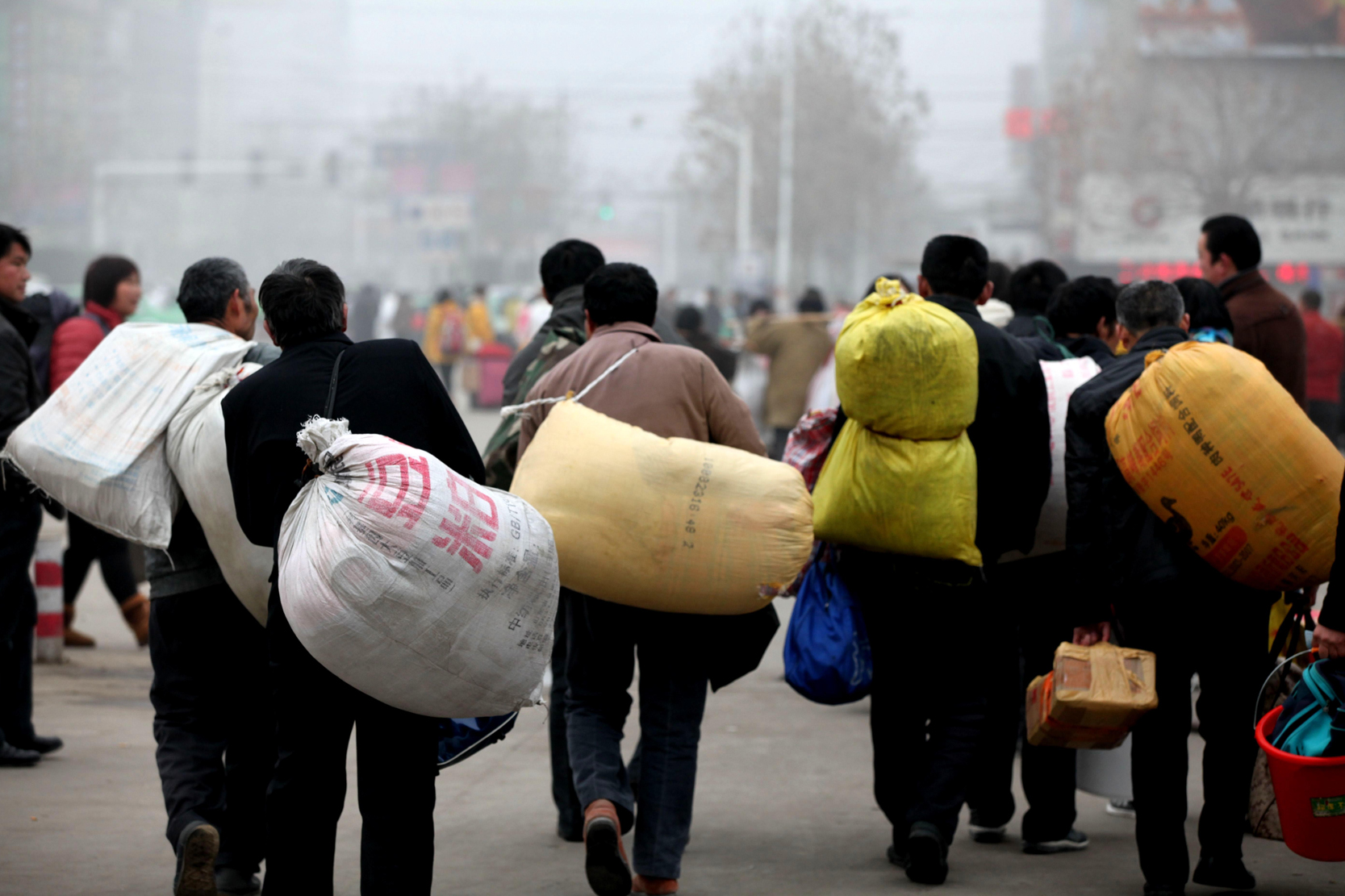
The state of the agricultural market
Agriculture is at the heart of China’s economy, an industry that has ploughed through China’s tough times. Although its market share has declined, it’s still one of the largest sectors in the Chinese economy, and in 2018 was responsible for around 10% of China’s GDP. However, as China’s economy transitions into a developed market, it has meant that the agriculture market is experiencing some structural shifts. As more of the rural population migrate to cities for urban living, the Chinese government must grapple with the issue of how to ensure sustainable growth within the agricultural sector.

Why is it changing and what has been done about it?
One of the main problems the agriculture industry is currently suffering from is the rural migration, huge numbers of countryside dwellers moving to the urban cities. These changes in demographics has meant that there aren’t enough farmers to cultivate the land which threatens the amount of available food and the efficiency of production. The Chinese governments solution to this problem is mechanisation. Mechanising agriculture ensures that there is a higher efficiency of production, and makes up for any labour shortages.
In order to aid the process of mechanisation, the government has introduced purchase subsidies for farming equipment to farmers as a way to incentivise them. Subsidies encourage farmers to stay in the countryside, enriching their quality of life and work. Furthermore, it also helps to raise farmers’ incomes which is a major benefit when deciding between the rural and urban life.
Agricultural equipment subsidies – what are you able to purchase?
Subsidies were introduced in 2004 and were once only available for the purchase of domestically-produced products. Recent changes in policy now mean that farmers are able to purchase both domestic and foreign equipment, allowing for fairer competition and also access to higher-end equipment. Between 2004 – 2018, the government has provided over 200 billion yuan in agricultural subsidies for farming equipment to help 33 million farmers. The U.S. is a major exporter of equipment to China, in 2014 the U.S. export market for agricultural equipment was worth $376.1 million. Though there is little restriction on the *type of machinery you can buy, there remain differences between who buys what.

Who purchases what? – low- end and high- end equipment
As China is mostly comprised of small-scale family farms often producing for family subsistence, equipment such as imported and expensive tractors are out of reach for the majority of farmers. Although subsidies are more useful for home products, the domestic equipment market has still suffered from a mass-production of low-end tractors leading to low-profit margins and overcapacity. Initiatives have been taken to address the problem of the domestic market. Foreign imports of equipment are more successful. Big commercial farms are buyers of the imported foreign equipment as they are believed to be higher-end products with better technology and quality.
The future – next steps in this market
The process of mechanisation has been partially held back by the structure of small household farms, so the Chinese government is conducting research into machinery that are more efficient to use in small-scale farming. They’re also supporting the idea of communities of farms sharing agricultural equipment. As China’s domestically produced equipment is lagging behind the high-spec equipment it’s foreign competitors are making, the government is trying to focus on reducing the wide technological gap. Governmental policies allow foreign companies to establish joint ventures with Chinese companies, which is beneficial to both sides; foreign companies can enjoy access to the huge Chinese market, and in return Chinese companies can expand their technological capabilities. As China is constantly going through a period of economic change, new policies are made and adapted regularly. A new Foreign Investment Law was drafted in December 2018 and once adopted will be act as a more efficient tool for foreign investment. Efforts from both the government and local farmers will try to achieve China’s national goal for the agricultural mechanisation level of 70% in 2020.
*For a full list of the Machinery Purchase Subsidies: http://www.connectchina.com.cn/NewsDetail.aspx?ID=3368
Please note this article was written from a personal point of view and isn’t based on a specific research report.